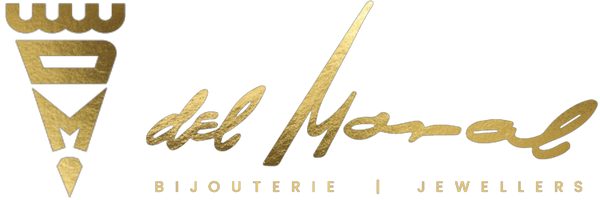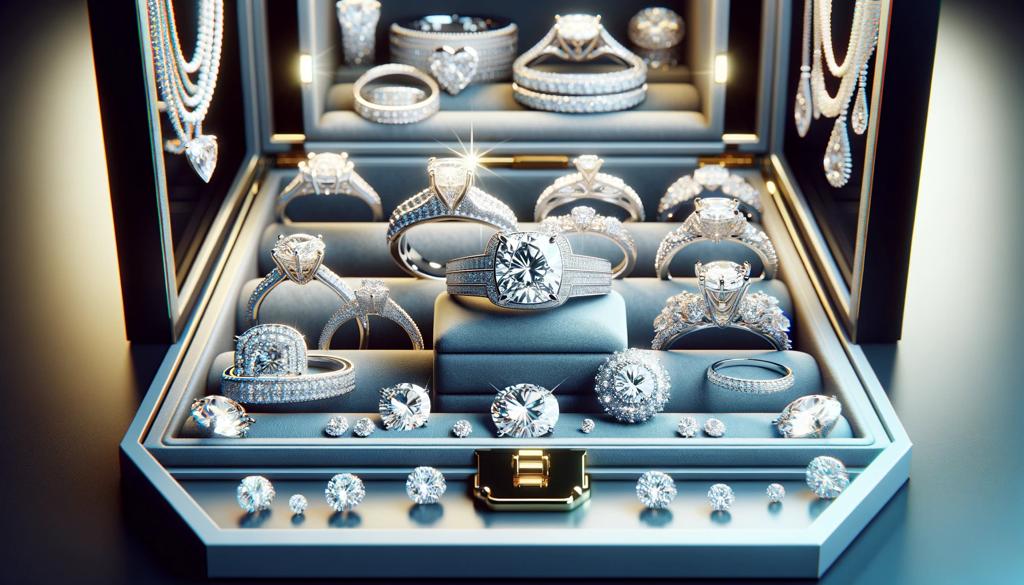Cubic Zirconia, Moissanite, Lab-Grown, and Natural Diamonds
In the world of fine jewelry, the allure of diamonds has been undeniable. Yet, in recent years, alternatives like cubic zirconia, moissanite, and lab-grown diamonds have emerged, offering varied choices to consumers. This article delves into the fascinating differences, histories, and the pros and cons of each, helping you make an informed decision for your next exquisite piece.
1. Cubic Zirconia (CZ)
History: First synthesized in 1976, cubic zirconia is a diamond simulant made from zirconium dioxide.
Advantages:
• Cost-effective: CZ offers the diamond look without the hefty price tag.
• Variety: Available in different colors.
• Ethical: Being lab-created, it avoids the ethical concerns associated with diamond mining.
Disadvantages:
• Durability: Softer than a diamond, CZ is more prone to scratches.
• Brilliance: Though sparkling, it lacks the depth of refraction seen in diamonds.
• Value: CZ does not retain value over time like diamonds.
2. Moissanite
History: Originally discovered in 1893 by Henri Moissan in a meteor crater, moissanite is now lab-created, composed of silicon carbide.
Advantages:
• Brilliance: Exhibits a fiery, rainbow sparkle more intense than diamonds.
• Durability: Almost as hard as diamonds, it’s resistant to scratching.
• Ethically sourced and eco-friendly.
Disadvantages:
• Color: Can emit a yellow or green hue under certain lights.
• Less traditional: Some may prefer the classic diamond look.
• Resale Value: Lower than diamonds.
3. Lab-Grown Diamonds
History: First produced in 1954, these are diamonds created in controlled laboratory environments using high pressure and temperature or chemical vapor deposition.
Advantages:
• Authenticity: Chemically identical to natural diamonds.
• Ethical: Free from the controversies of diamond mining.
• Price: Generally less expensive than natural diamonds.
Disadvantages:
• Perception: Some buyers prefer the ‘authenticity’ of natural diamonds.
• Resale Value: Tends to be lower compared to natural diamonds.
• Energy Intensive: The creation process can be energy-consuming.
4. Natural Diamonds
History: Formed over billions of years under the Earth’s crust, diamonds have been cherished throughout history, dating back to ancient times.
Advantages:
• Timeless and Classic: A symbol of luxury and status.
• Durability: The hardest known natural substance.
• Investment: Tend to hold or increase in value over time.
Disadvantages:
• Cost: Significantly more expensive.
• Ethical concerns: Mining has environmental and ethical implications.
• Rarity: The desired quality and size can be hard to find.
Conclusion
Whether you’re drawn to the affordability of cubic zirconia, the unique fire of moissanite, the ethical appeal of lab-grown diamonds, or the timeless allure of natural diamonds, each offers its unique charm and characteristics. At Bijouterie Del Moral, we provide a diverse selection to cater to all preferences, ensuring that you find that perfect piece that not only dazzles but also aligns with your values and style.

